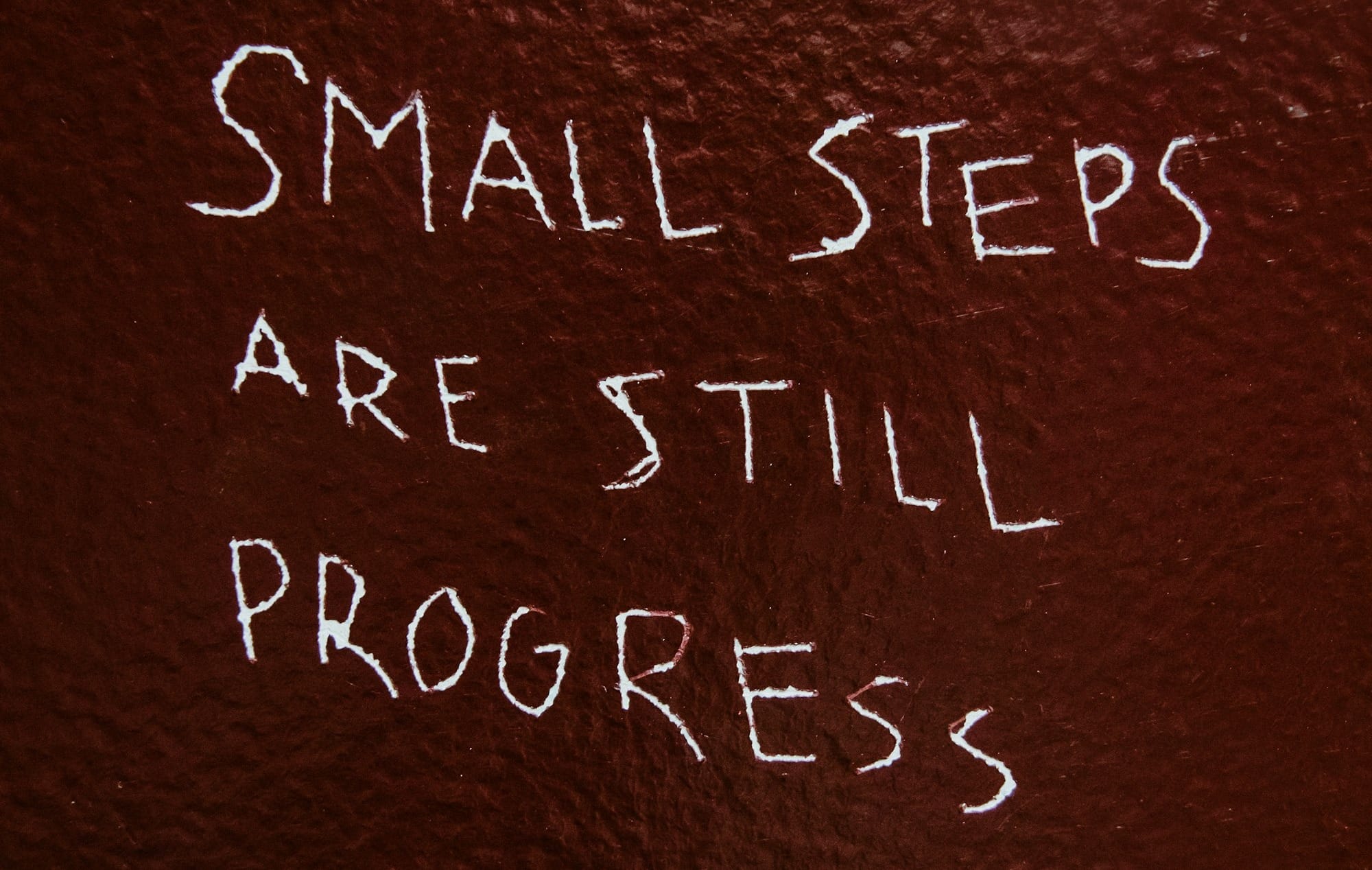Reflect, Review, Refine: How to Master Self-Tracking for Success

Success—whether in personal growth, fitness, or career—requires more than setting goals and working hard. Regularly taking a step back to reflect, review, and adjust your approach is essential for long-term progress. Without consistent self-tracking, you may repeat mistakes, lose focus, or miss opportunities to improve.
Becoming a master of tracking yourself involves asking the right questions at the right time, measuring your progress, and making adjustments as needed. This article will show how often you should retrospect, review, and adjust your approach with practical tips that actually work.
Why Reviewing and Adjusting Matters
- Keeps You on Track:
Reflection helps you measure whether you’re moving toward your goals or drifting away. - Identifies Weaknesses and Wins:
Regular reviews help you see what’s working and what’s holding you back. - Promotes Continuous Improvement:
Adjustments allow you to refine your strategies for better results over time. - Reduces Stress and Overwhelm:
A structured approach helps you stay organized and regain focus when things get chaotic. - Builds Accountability:
Tracking your progress holds you accountable and motivates you to keep pushing forward.
How Often Should You Reflect, Review, and Adjust?
The frequency of reflection and review depends on your goals and timeline. Here’s a structured approach:
- Daily: Short reflections to track progress and plan the next day.
- Weekly: Deeper reviews to analyze performance and identify trends.
- Monthly: Broader analysis to measure progress toward goals and adjust strategies.
- Quarterly: Bigger picture retrospectives to evaluate long-term progress.
- Annually: Yearly reflection to review achievements, redefine goals, and create a fresh plan.
Practical Tips to Master Self-Tracking and Adjust Your Approach
1. Conduct Daily Mini-Reflections
Action Step:
- At the end of each day, take 5 minutes to ask:
- What did I accomplish today?
- What went well, and what didn’t?
- What’s my top priority for tomorrow?
- Write down your thoughts in a journal or digital tool.
Why It Works:
Daily check-ins keep you focused and help you spot small issues before they grow into big problems.
2. Perform Weekly Reviews
Action Step:
- Set aside 30–60 minutes each weekend to review your week:
- What tasks or goals did I complete?
- What slowed me down?
- What habits helped or hurt my progress?
- Plan your priorities for the coming week.
Why It Works:
Weekly reviews give you a chance to celebrate small wins and correct course quickly if needed.
3. Track Your Progress with Data
Action Step:
- Use measurable metrics (e.g., hours worked, workouts done, money saved) to track progress.
- Use tools like habit trackers, spreadsheets, or apps like Notion, Trello, or Google Sheets.
Why It Works:
Numbers don’t lie. Tracking with data gives you a clear picture of your progress and shows where adjustments are needed.
4. Set Time for Monthly Deep Reflection
Action Step:
- At the end of each month, spend 1–2 hours asking:
- What goals did I achieve? Why?
- Where did I struggle?
- What adjustments can I make to improve next month?
- Revisit your big goals and break them down into smaller steps for the next month.
Why It Works:
Monthly reviews help you identify patterns and refine your approach to stay aligned with your larger goals.
5. Create a “Wins and Lessons” List
Action Step:
- At the end of each week or month, list:
- Your wins: things you’re proud of, big or small.
- Your lessons: mistakes or challenges and what you learned from them.
Why It Works:
Acknowledging wins builds confidence, while learning from challenges helps you grow and avoid repeating mistakes.
6. Schedule Quarterly Retrospectives
Action Step:
- Spend a day every quarter to ask big-picture questions:
- How far have I come toward my annual goals?
- What strategies or habits have been the most effective?
- What do I need to start, stop, or change moving forward?
Why It Works:
Quarterly reviews ensure you’re making progress toward long-term goals and adjusting for life changes or new priorities.
7. Use a “Progress Journal”
Action Step:
- Maintain a journal where you document:
- Goals you’ve set and progress made.
- Daily or weekly reflections and adjustments.
- Insights, thoughts, and plans for improvement.
Why It Works:
Writing helps you clarify your thoughts, track your growth, and stay motivated.
8. Prioritize Actionable Adjustments
Action Step:
- After every review, identify 1–3 actionable changes to improve your performance.
- Focus on changes you can realistically implement right away.
Why It Works:
Small, consistent adjustments compound over time and lead to significant improvements.
9. Use Technology to Stay on Track
Action Step:
- Use tools like:
- Trello/Asana for task management.
- Notion/Evernote for reflections and planning.
- Habit trackers (like Habitica or HabitBull) for building consistency.
Why It Works:
Digital tools keep your reviews organized, accessible, and visually clear, making self-tracking easier.
10. Celebrate Progress Regularly
Action Step:
- After hitting milestones (weekly, monthly, or quarterly), reward yourself with something meaningful—like a break, a treat, or a fun activity.
Why It Works:
Celebrating progress builds motivation and reinforces the habit of reviewing and improving.
Conclusion
Becoming a master of self-tracking through regular reflection, review, and adjustments is a key skill for growth and success. By committing to daily check-ins, weekly reviews, and larger monthly or quarterly reflections, you can stay on track, measure your progress, and make the right changes to move forward.
Success isn’t about perfection—it’s about consistent improvement. Start with small steps today, and over time, you’ll develop the clarity, discipline, and motivation to become the best version of yourself. Track, reflect, and grow—you’ve got this! 🚀
